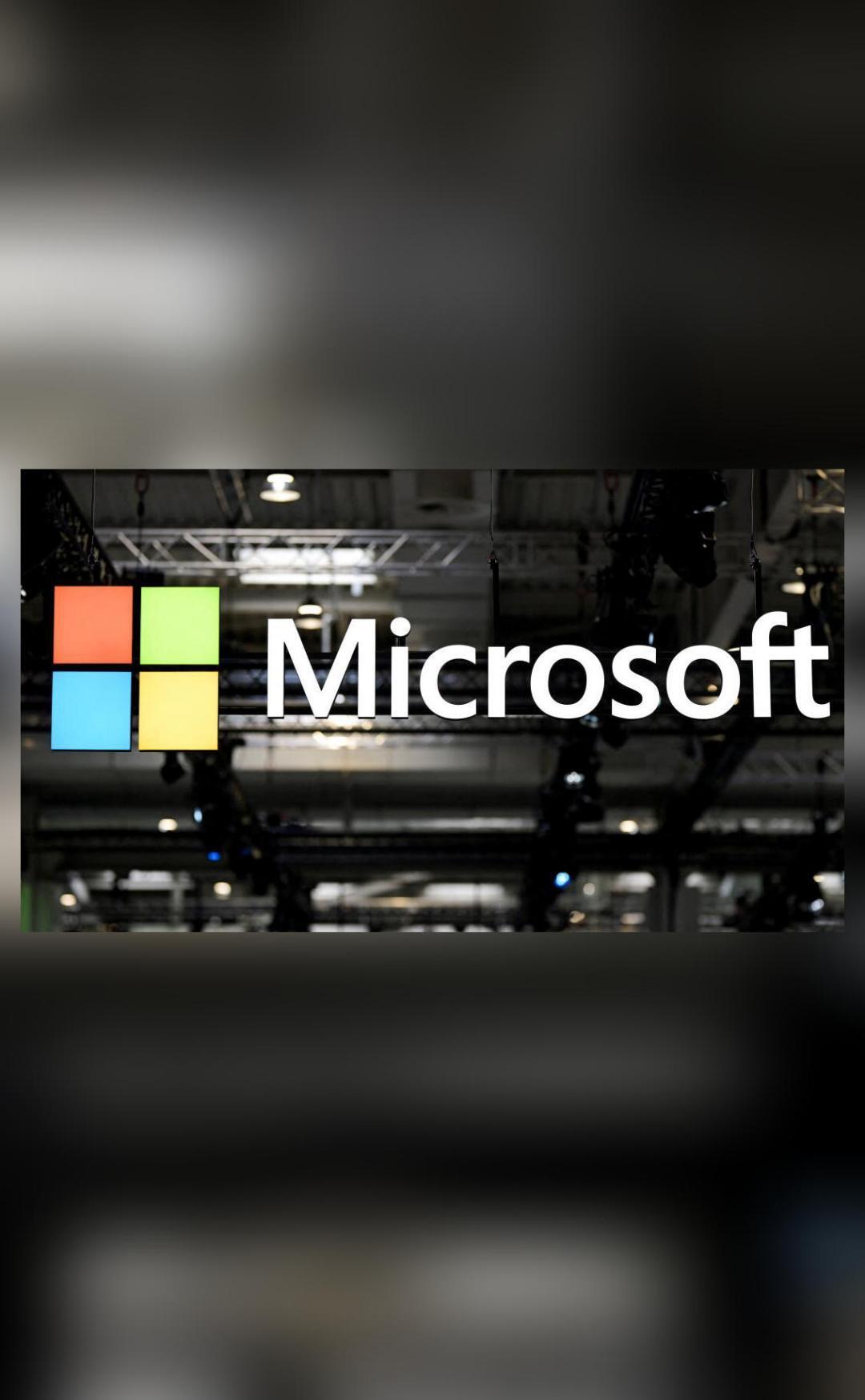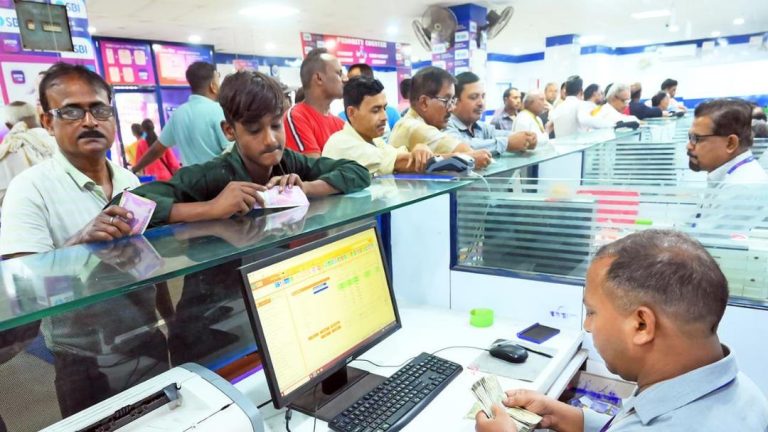
Cyberattack on Microsoft Server Software Hits 100 Organisations
In a recent development that has sent shockwaves through the cybersecurity community, a cyber espionage operation targeting Microsoft server software has impacted around 100 different organisations over the weekend. The attack, which was uncovered by researchers at Shadowserver Foundation and Eye Security, highlights the ongoing threat posed by cybercriminals and the importance of staying vigilant in the face of emerging security threats.
According to reports, Microsoft issued an alert on Saturday warning of “active attacks” on self-hosted SharePoint servers. The company advised customers to install security updates to mitigate the risk of infection. While the extent of the damage is still unclear, researchers believe that the attack was carried out using a previously unknown exploit in the Microsoft SharePoint server software.
The fact that the attack was able to evade detection for so long is a testament to the sophistication of the attackers. It is unclear at this stage what the attackers’ ultimate goal was, but it is believed that they may have been seeking to steal sensitive data or disrupt business operations.
The attack is believed to have been carried out using a combination of social engineering tactics and exploitation of vulnerabilities in the Microsoft SharePoint server software. Researchers say that the attackers were able to trick victims into installing malware on their systems, which allowed them to gain access to sensitive data and systems.
Microsoft has released a statement confirming the attack and urging customers to install security updates as soon as possible. The company has also provided additional guidance on how to protect against the attack, including recommendations for patching vulnerable systems and implementing additional security measures.
The fact that the attack was able to impact so many organisations is a stark reminder of the importance of cybersecurity in today’s digital age. As the world becomes increasingly interconnected, the potential consequences of a successful cyberattack can be devastating. It is crucial that organisations take proactive steps to protect themselves against these threats, including implementing robust security measures and staying up to date with the latest security patches.
The attack also highlights the need for greater cooperation between governments, private sector companies, and cybersecurity researchers. By working together, we can better understand the nature of these threats and develop effective strategies for mitigating them.
In conclusion, the cyberattack on Microsoft server software is a stark reminder of the ongoing threat posed by cybercriminals. It is crucial that organisations take proactive steps to protect themselves against these threats, including implementing robust security measures and staying up to date with the latest security patches. By working together, we can better understand the nature of these threats and develop effective strategies for mitigating them.






